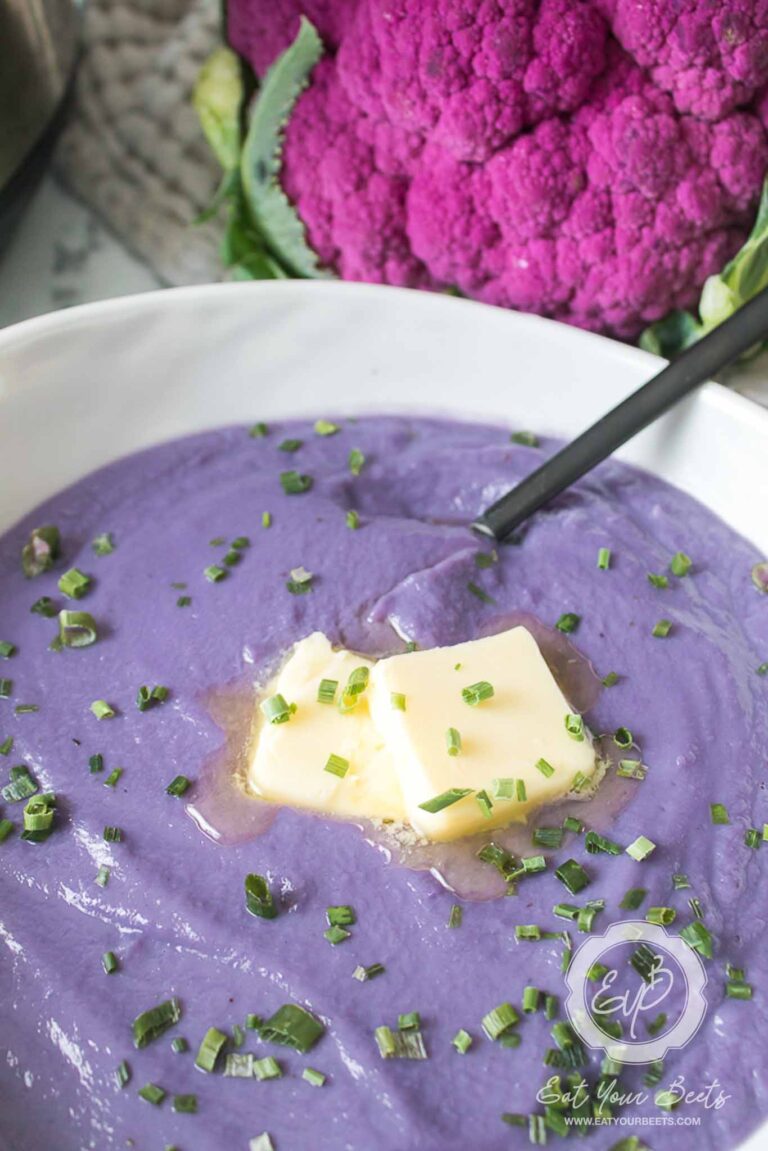Fontina Cheese? Taste and Uses
Do you love fontina cheese’s nutty, buttery flavor but don’t know how to use it in your kitchen? Don’t worry—this guide is here to help!
From learning about the different types of fontina cheese available today to finding out how best to cook with this incredibly versatile and delicious ingredient, we’ll cover all anyone needs to know about fontina.

Contents
What Is Fontina Cheese?
Fontina is a cheese semi-soft to hard in texture and mild to medium-sharp in flavor cow’s milk cheese that hails from Italy. Although the original fontina cheese is made with unpasteurized milk in Italy’s Aosta Valley, many versions sold outside Europe are made with pasteurized milk.
Fontina cheese is a versatile cheese that has about 45% fat content. Fontina cheese has a creamy texture, nutty aroma, and delicate, sweet flavor, making it perfect for melting in various dishes.
History of Fontina Cheese
Fontina cheese is a semi-soft Italian cheese that has been enjoyed by cheese lovers for centuries. It originated in the Valle d’Aosta region of Italy, known for its dairy farming traditions.
The cheese is still made according to traditional methods and is exported worldwide. The original fontina cheese from Italian Aosta Valley is pretty pungent and has quite an intense flavor, although fontina, produced in other countries, can be much milder.
What Does Fontina Cheese Taste Like?
Fontina cheese is known for its mild and creamy flavor, with a touch of a nutty taste. Fontina is made from cow’s milk and aged for at least 3 months.
It begins to develop a unique buttery flavor as it ages over time. Fontina cheese is typically available in wheel-shaped molds, allowing easy cutting, and is typically available in wheel-shaped molds, allowing easy cutting and consumption.
Types of Fontina Cheese
Here are the types of fontina cheese
Young Fontina Cheese
This type of fontina Cheese has a creamy and mild flavor compared to the mature fontina. It is pale yellow and has a smooth texture that is easy to slice. Young fontina is usually aged for about 3 months, perfect for melting on sandwiches or grating over pasta.
Mature Fontina Cheese

On the other hand, Mature fontina has a nuttier, earthy flavor. It is sometimes referred to as “Fontina Val d’Aosta DOP” It has a firmer texture compared to young fontina and is aged for around three to six months. Mature fontina has a golden-brown rind and small holes throughout the cheese.
How to Serve Fontina Cheese?
Here’s a guide on how to serve fontina cheese:
Pasta

Fontina cheese is an excellent addition to pasta dishes. Add grated or shredded. You can enhance your favorite pasta sauce by incorporating fontina cheese or use it as a delicious topping for baked pasta recipes.
Fontina Whipped

Make a creamy, whipped fontina cheese spread by blending Fontina cheese with cream, garlic, and herbs to serve as an appetizer with crackers or bread.
Pizza

Fontina cheese is a popular pizza topping that adds great flavor and texture. Add grated or shredded fontina to your pizza toppings before baking.
Fonduta Alla Valdostana
This traditional Italian dish is made by melting fontina cheese in a fondue pot and adding cream, eggs, and sometimes truffles. Serve with crusty bread or vegetables for dipping.
Fondue

Fontina cheese is an excellent cheese for fondue. Melt it with other cheeses like Gruyere or Emmental for a delicious, creamy dipping sauce.
Soups

Add fontina cheese to soups like French onion or pumpkin soup for extra richness and flavor. You can also top off your soup with shredded fontina cheese and broil it for a crispy and cheesy finish.
Chicken and Quinoa Casserole
Sprinkle grated fontina cheese over the top of a flavorful chicken and quinoa casserole before baking. The cheese will melt and create a delicious golden brown crust.
Learn how to make Chicken and Quinoa Casserole with Fontina
Truffles
Fontina cheese pairs perfectly with truffles. Shave some fresh truffles over melted fontina for a luxurious and indulgent appetizer.
Risotto

Fontina cheese can be added to risotto in the last few minutes of cooking to melt and blend with the rice. Top it off with some chopped herbs or crispy bacon for added flavor.
What Are Some Great Substitutes for Fontina Cheese?
Several options can provide a similar flavor and texture. Gruyere, for example, is often used as a substitute for fontina because it has a nutty and slightly sweet taste that is comparable. It is also a semi-soft cheese that can melt well, just like fontina.
Another alternative is provolone cheese. Provolone is a delightful alternative to fontina. While slightly milder in flavor, it boasts a similar texture and is perfect for any dish that calls for melted cheese.
How to Store Fontina Cheese?
Firstly, it’s important to know that the flavor and texture of fontina cheese can be affected by how it is stored. It’s best to store fontina cheese in an airtight container to protect it from external odors and prevent it from drying out.
Additionally, it’s important to keep the cheese at the right temperature. Fontina should be stored between 35 and 40 degrees Fahrenheit in the fridge to ensure freshness.
Is Fontina Cheese Good?
Fontina cheese has numerous health benefits. It is an excellent calcium source for maintaining strong bones and teeth. It is also rich in protein, which can help keep you feeling full and satisfied.
Fontina cheese is also a good source of vitamin B12, which is vital for producing healthy red blood cells. Lastly, it contains conjugated linoleic acid (CLA), a fatty acid linked to reduced inflammation and improved cholesterol levels.
Where to Buy Fontina Cheese?
Fontina cheese can be found in wheel-shaped molds and sold as a whole wheel or pre-sliced. While there are different types of fontina cheese, most grocery stores and cheese shops carry the classic Fontina Val d’Aosta, which is produced in Italy. Purchase from reputable retailers or specialty cheese shops directly sourced from producers in the Aosta Valley region of Italy.
How to Buy Authentic Fontina Cheese?
To ensure you’re buying authentic fontina cheese, look for the DOP seal, and check the label for the producer or cooperative name, date of production, and type of milk used. The cheese should have a distinct aroma of mountain herbs, earthy, and a rich and nutty flavor.
Fontina Cheese: Final Words
Fontina cheese is an excellent choice for any cheese lover. Its unique flavor and texture are perfect for a variety of dishes, from pizza to soups, risotto, and fondue. Its health benefits and convenience make it a great choice for those looking to enjoy a tasty yet healthy cheese.
Finally, sure to purchase authentic fontina from reputable sources in order to the best flavor and quality. this guide on fontina Cheese was helpful in providing an overview of this popular cheese, as well as tips and ideas on how to enjoy it.






